STUDY DESIGN:
A pre-clinical animal model of chronic ligation of the sciatic nerve was used to compare the effectiveness of a slow-release hydrogelcarrying methylprednisolone to methylprednisolone injection alone, which simulates the current standard of care for chronic compressiveradiculopathy (CR).
OBJECTIVE:
To extend the short-term benefits of steroid injections by using a non-swelling, biodegradable hydrogel as carrier to locally releasemethylprednisolone in a regulated and sustained way at the site of nerve compression.
SUMMARY OF BACKGROUND DATA:
CR affects millions worldwide annually, and is a cause of costly disability with significant societal impact. Currently, a leading non-surgical therapy involves epidural injection of steroids to temporarily alleviate the pain associated with CR. However, an effective way to extend the short-term effect of steroid treatment to addresses the chronic component of CR does not exist.
METHODS:
We induced chronic compression injury of the sciatic nerves of rats by permanent ligation. 48 hours later we injected ourmethylprednisolone infused hydrogel and assessed the effectiveness of our treatment for four weeks. We quantified mechanical hyperalgesia using a Dynamic Plantar Aesthesiometer (Ugo Basile), while gait analysis was conducted using the Catwalk automated gait analysis platform (Noldus). Macrophage staining was performed with immunohistochemistry and quantification of MCP-1 in sciatic nerve lysates was performed with multiplex immunoassay using a SECTOR Imager 2400A (Meso Scale Discovery).
RESULTS:
We demonstrate that using the hydrogel to deliver methylprednisolone results in significant (p < 0.05) reduction of hyperalgesia and improvement in the gait pattern of animals with chronic lesions as compared to animals treated with steroid alone. In addition, animals treated withhydrogel plus steroid showed significant reduction in the number of infiltrating macrophages at the sciatic nerve and reduced expression of the neuro-inflammatory chemokine MCP-1 (p < 0.05).
CONCLUSIONS:
Use of hydrogels as carriers for sustained local release of steroids provides significantly better control of pain in an animal model of chronic CR. Our steroid-infused hydrogel could be an effective extender of the short-term benefits of epidural steroid injections for patients with chronic compression-induced radicular pain.
